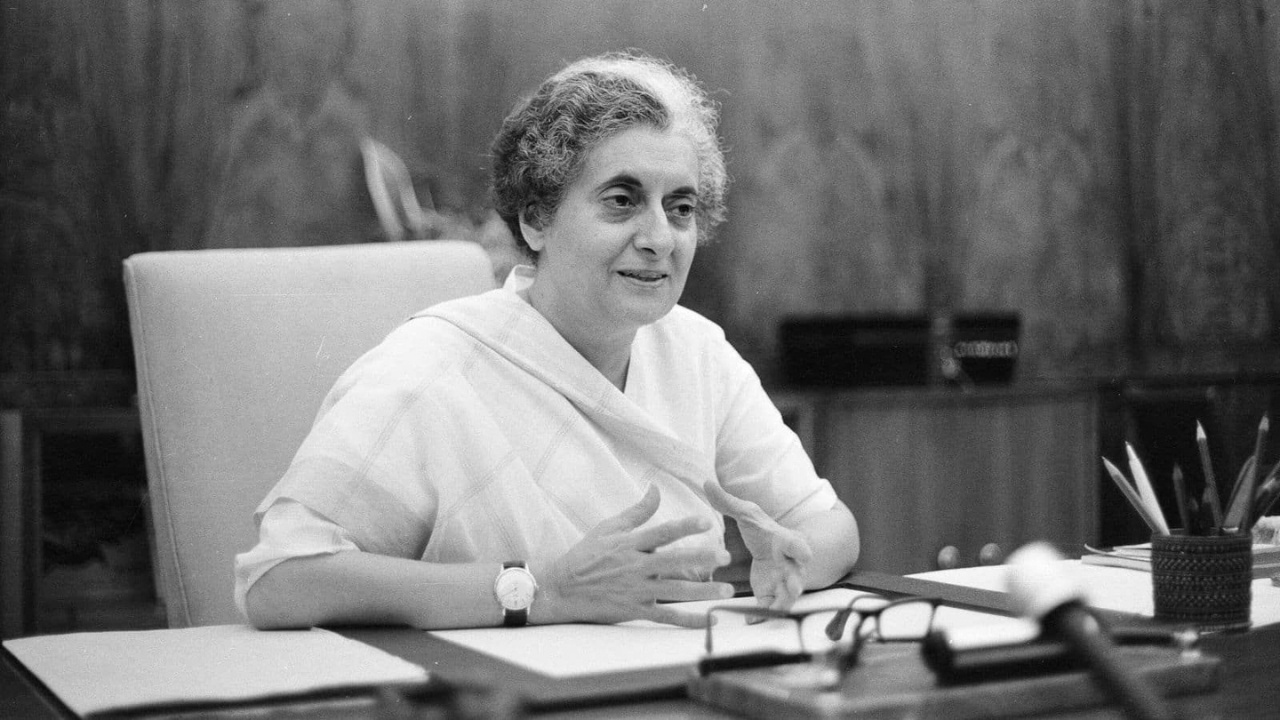
Who was Indira Gandhi and why was she assassinated? Indira Gandhi, India's first and only female Prime Minister, was a powerful and controversial leader. She served from 1966 to 1977 and again from 1980 until her assassination in 1984. Known for her strong-willed nature and centralizing policies, she made significant changes in India's political landscape. Her assassination on October 31, 1984, was carried out by her own Sikh bodyguards. The motive behind her assassination was her decision to launch Operation Blue Star, a military action against Sikh militants in the Golden Temple, Amritsar. This operation deeply hurt the Sikh community, leading to her tragic end.
The Context of Indira Gandhi's Assassination
Indira Gandhi, India's first and only female Prime Minister, was a towering figure in Indian politics. Her assassination on October 31, 1984, shocked the nation and had far-reaching consequences. Here are some fascinating facts about this tragic event.
-
Indira Gandhi was assassinated by her own bodyguards, Satwant Singh and Beant Singh.
-
The assassination took place at her residence, 1 Safdarjung Road, New Delhi.
-
The motive behind the assassination was linked to Operation Blue Star, a military operation ordered by Gandhi to remove Sikh militants from the Golden Temple in Amritsar.
The Assassins and Their Motives
Understanding the assassins and their motives provides insight into the complex political and social dynamics of the time.
-
Satwant Singh and Beant Singh were both Sikhs, deeply affected by Operation Blue Star.
-
Operation Blue Star, conducted in June 1984, aimed to flush out militants but resulted in significant damage to the Golden Temple, a sacred site for Sikhs.
-
The operation led to widespread anger and resentment among the Sikh community.
The Day of the Assassination
The events of October 31, 1984, unfolded rapidly and left an indelible mark on Indian history.
-
Indira Gandhi was on her way to be interviewed by British actor Peter Ustinov for a documentary.
-
She was walking through the garden of her residence when she was shot.
-
Beant Singh fired the first shots with his service revolver.
-
Satwant Singh then fired 30 rounds from his Sten submachine gun.
Immediate Aftermath
The immediate aftermath of the assassination was chaotic and marked by violence.
-
Beant Singh was shot dead by other security personnel shortly after the assassination.
-
Satwant Singh was overpowered and later arrested.
-
Indira Gandhi was rushed to the All India Institute of Medical Sciences (AIIMS) but was declared dead.
The Impact on India
The assassination had a profound impact on India, leading to widespread violence and political changes.
-
Following the assassination, anti-Sikh riots broke out in several parts of India.
-
Thousands of Sikhs were killed in the riots, and many more were displaced.
-
Rajiv Gandhi, Indira's son, was sworn in as the Prime Minister of India on the evening of her assassination.
Legal Proceedings and Justice
The legal proceedings following the assassination were closely watched by the nation.
-
Satwant Singh and another conspirator, Kehar Singh, were sentenced to death.
-
Both were executed on January 6, 1989.
-
The trials and executions were seen as a measure of justice by some, but they also sparked further controversy and debate.
Legacy and Memory
Indira Gandhi's legacy continues to be a subject of discussion and analysis.
-
She is remembered for her strong leadership and controversial policies.
-
Her assassination is often cited as a turning point in Indian history.
-
The Indira Gandhi Memorial Museum in New Delhi is located at her former residence, where she was assassinated.
Personal and Political Repercussions
The assassination had significant personal and political repercussions for those involved.
-
Rajiv Gandhi's tenure as Prime Minister was heavily influenced by his mother's legacy.
-
The assassination led to increased security measures for Indian politicians.
-
It also highlighted the deep-seated religious and political tensions in India.
Cultural and Historical Reflections
The event has been reflected upon in various cultural and historical contexts.
-
Numerous books, documentaries, and films have been made about Indira Gandhi and her assassination.
-
The event remains a poignant reminder of the complexities and challenges of Indian politics.
Final Thoughts on Indira Gandhi's Assassination
Indira Gandhi's assassination remains a pivotal moment in India's history. Her death on October 31, 1984, by her own bodyguards, sent shockwaves through the nation. This tragic event led to widespread anti-Sikh riots, causing immense suffering and loss. Gandhi's leadership, marked by both achievements and controversies, left a lasting impact on Indian politics. Her assassination highlighted the deep-seated tensions and divisions within the country.
Understanding these 27 facts about her assassination provides a clearer picture of the complexities surrounding her life and death. It also underscores the importance of addressing communal tensions and fostering unity. As we reflect on this historical event, let’s remember the lessons it offers about leadership, security, and the need for national harmony. Indira Gandhi's legacy, though marred by her tragic end, continues to influence India's political landscape.
Was this page helpful?
Our commitment to delivering trustworthy and engaging content is at the heart of what we do. Each fact on our site is contributed by real users like you, bringing a wealth of diverse insights and information. To ensure the highest standards of accuracy and reliability, our dedicated editors meticulously review each submission. This process guarantees that the facts we share are not only fascinating but also credible. Trust in our commitment to quality and authenticity as you explore and learn with us.
